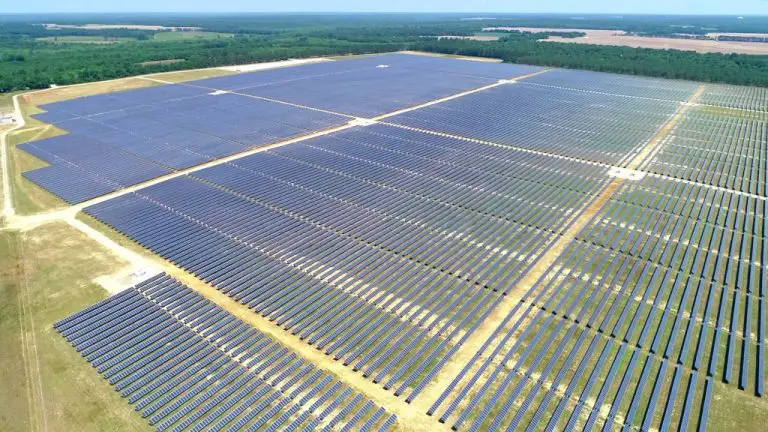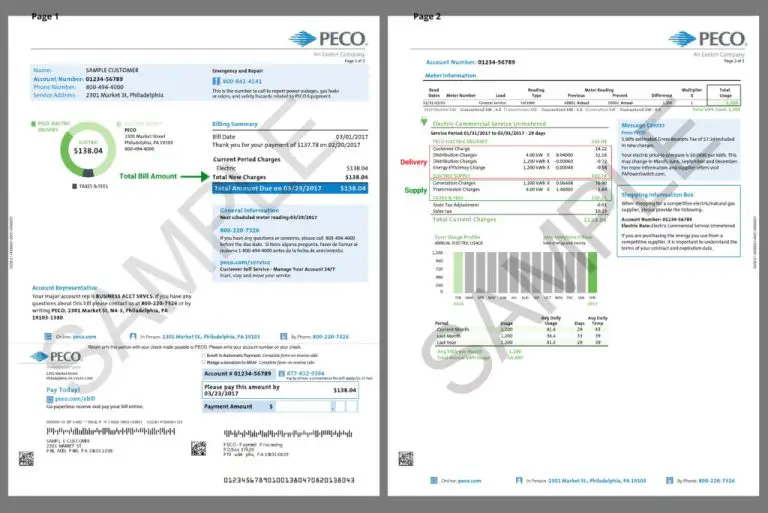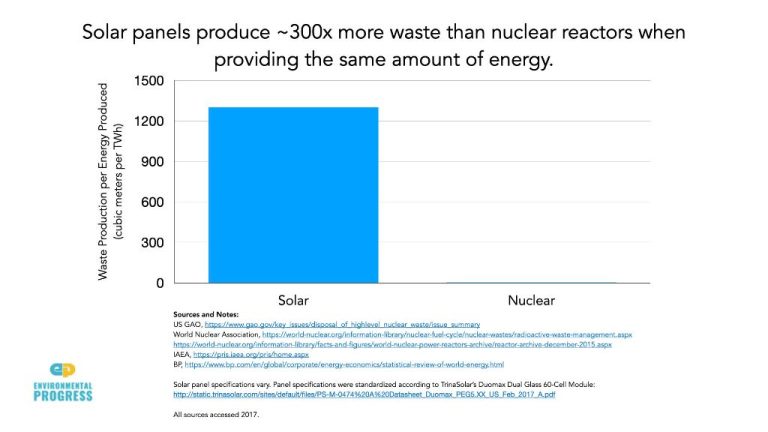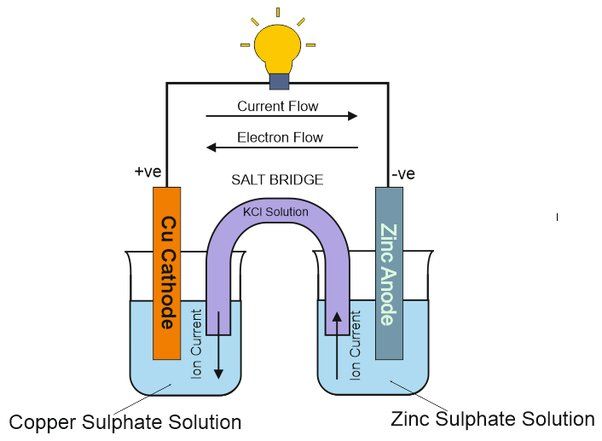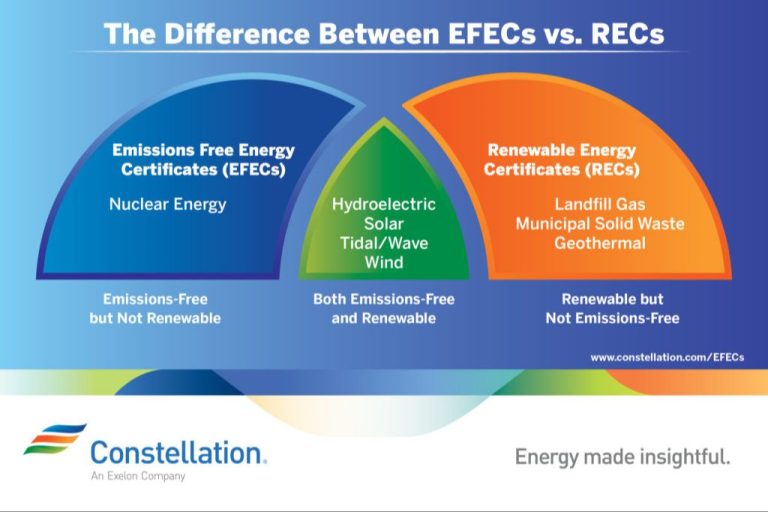What Is The Analogy For Kw And Kwh?
Introduce kW and kWh
kW (kilowatts) and kWh (kilowatt-hours) are two units used to measure electricity usage. kW measures power, which refers to the rate at which electricity is being used at any given moment. kWh measures energy, which is power multiplied by time.
So in simple terms, kW is a measure of instantaneous power usage, while kWh measures total energy consumed over time. For example, an appliance with a rating of 1.5 kW uses 1.5 kilowatts of power at any moment when turned on. If you use that 1.5 kW appliance for 2 hours, you will have used 1.5 x 2 = 3 kWh of energy in total.
The Water Analogy
A helpful analogy for understanding the difference between kW and kWh is to think of water flow in terms of rate and volume. The rate of water flow from your faucet is like kW – it tells you how fast the water is flowing at any given moment. The total volume of water used is like kWh – it tells you the total amount of water that flowed over a period of time.
For example, you could have a faucet flowing at 5 gallons per minute (gpm). That’s like having 5 kW of power. If you left that faucet running for an hour, you would use 300 gallons of water (5 gpm x 60 minutes). That’s like using 300 kWh of electricity (5 kW x 60 hours).
So kW is like the instantaneous rate of flow, while kWh is the total volume accumulated over time. This analogy helps explain how power (kW) and energy usage (kWh) are related, but distinct, concepts.
The Car Analogy
The best way to understand the difference between kW and kWh is to think of driving a car. The power or speed of a car is measured in miles per hour (mph). This is similar to kW, which measures the rate of electricity usage per hour. Just like a car’s speed, kW tells you how fast you are using electricity at any given moment.
The distance a car travels over time is measured in miles. This is analogous to kWh, which measures the total amount of electricity used over time. For example, if you drive at 60 mph for an hour, you will travel 60 miles. Similarly, a device using 1 kW of power for 1 hour will consume 1 kWh of electricity. The kilowatt-hour shows your total electrical usage, while the kilowatt rate shows your instantaneous usage at any moment.
Understanding the difference between speed and distance traveled is essential when evaluating electrical consumption. Kilowatts measure electrical power like mph measures a car’s speed. Kilowatt-hours measure total energy use like miles measure distance traveled. This car analogy makes it easy to distinguish kW versus kWh.
The Money Analogy
A helpful analogy for understanding the difference between kW and kWh is to think of income rate versus total income earned. The rate at which you earn income is like the kW, while the total amount of income earned is the kWh.
For example, if you have a job that pays $20 per hour, the $20 per hour is analogous to kW – it’s the rate at which you earn income. If you work 40 hours in a week, you’ve earned $800 total that week. That total amount earned, $800, is like the kWh. It’s the total amount of income you’ve brought in based on the rate (kW) at which you earn income.
In the same way, the kW rating of an appliance is the rate at which it uses energy. The kWh rating is the total amount of energy used over time by the appliance. Understanding the difference between the two is important for calculating electricity usage and costs.
Examples in Daily Life
In our daily lives, we use appliances and devices that require different amounts of kilowatts (kW) and kilowatt-hours (kWh). Understanding the difference can help us use electricity more efficiently.
High kW appliances like stoves, ovens, and hair dryers require a lot of power (kilowatts) when turned on, but may not be used for very long periods. A stove may require 15 kW when turned on high, but you only use it for a few minutes to boil water. The kWh usage is low.
High kWh appliances like refrigerators, air conditioners, and pool pumps don’t require as much instant power, but stay on for many hours per day. A refrigerator may only need 0.1 kW to run, but it’s on 24 hours a day, using about 2.4 kWh.
The lesson is that high kW devices quickly draw power, while high kWh devices consume more energy over time. By understanding the difference, we can identify major electricity users and find ways to conserve energy where it matters most.
Calculating Electricity Costs
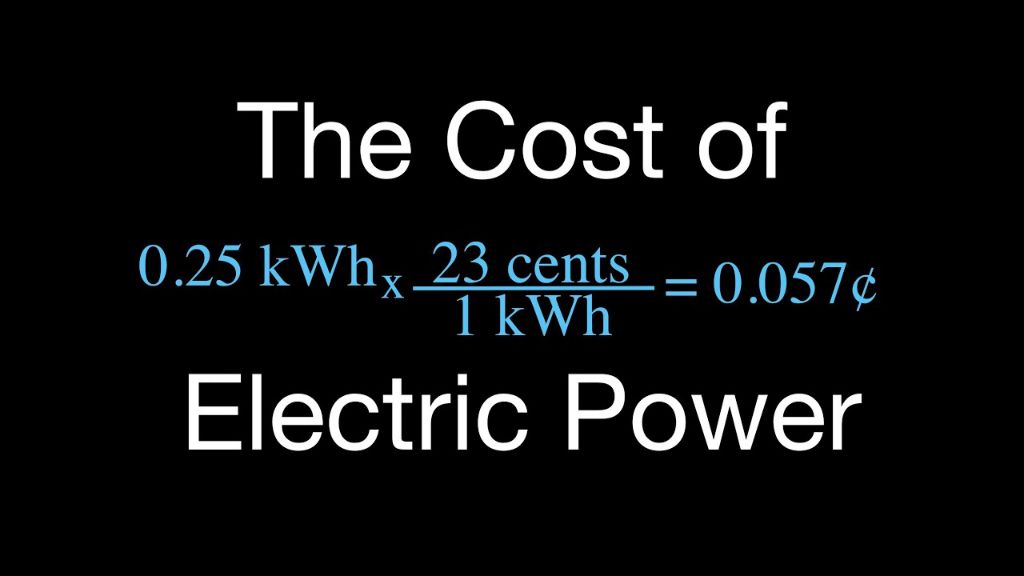
Utilities charge customers for both kilowatt-hours (kWh) used and kilowatts (kW) of capacity. The kWh charge covers the actual amount of electricity consumed, while the kW charge covers the electric capacity required to supply peak demand.
To calculate your total electric bill:
1. Multiply kWh used by the kWh rate. For example, if you used 500 kWh and the rate is $0.12 per kWh, multiply 500 x 0.12 = $60.
2. Multiply kW capacity by the kW rate. For example, if your capacity is 10 kW and the rate is $5 per kW, multiply 10 x $5 = $50.
3. Add the kWh and kW totals together. In the examples above, the totals were $60 + $50 = $110.
So for 500 kWh usage and 10 kW capacity at the rates given, the total bill would be $110. Understanding the difference between kWh usage and kW capacity is important for calculating electricity costs accurately.
When kW vs kWh Matters
The difference between kW and kWh matters when it comes to managing your electricity costs. kW (kilowatts) refers to the rate of electricity usage at any given moment, while kWh (kilowatt-hours) refers to the total amount of electricity used over time.
High kW usage matters if your electricity provider charges demand charges – fees based on your peak electricity usage. By managing high kW loads through scheduling major appliances at off-peak times, you can reduce your demand charges.
High kWh usage matters if your provider charges based mainly on total electricity consumed. By reducing waste and improving efficiency through steps like LED lighting, you can lower your kWh usage and electricity bill. Overall, both managing kW demand peaks and reducing kWh consumption are key to controlling costs.
An energy-efficient home combines high-efficiency appliances to reduce kWh usage with smart scheduling to shift kW demand away from peak hours. This balances lower demand charges from the utility with lower consumption based charges. The result is maximizing savings on your monthly electricity bill.
Conserving Electricity
Reducing your electricity usage can save you money and help the environment. Here are some tips for decreasing both your kW demand and total kWh usage:
Tips for reducing kW demand
Your kW demand is the rate at which you use electricity at any given moment. To reduce it:
- Avoid using multiple high-wattage appliances at the same time. Stagger usage of appliances like your stove, oven, washer, dryer, etc.
- Set your air conditioner to a higher temperature and use fans to spread the cool air around.
- Turn off unused lights, computers, TVs, and other appliances when not needed.
Tips for reducing kWh usage
Your kWh usage is your total electricity consumption over time. To decrease it:
- Replace incandescent light bulbs with LEDs.
- Unplug devices and chargers when not in use to avoid phantom load.
- Use cold water cycles for laundry, take shorter showers, and fix drips.
- Seal air leaks, add insulation, and weatherize your home.
- Adjust your thermostat a few degrees cooler in winter and warmer in summer.
With some simple changes, you can reduce both your kW demand and total kWh usage for big savings over time.
Summary
To summarize, kW (kilowatts) is a measure of power – how much electricity is being used at any given moment. Just like the size of your water pipe or the engine in your car, it refers to the rate of energy transfer. kWh (kilowatt-hours) is a measure of energy consumption over time. Just like gallons of water or miles traveled in your car, it refers to the total amount of electricity used.
The kW rating represents capacity, like the size of your gas tank, while kWh is a measurement of actual energy usage, like the amount of gas burned. To calculate the electricity consumption for a period of time, you multiply the kW by the number of hours used. Understanding the distinction between kW and kWh is important for calculating electrical costs and properly sizing systems to meet your needs without overpaying.
References
This article offers insight into the basics of kW and kWh for the average energy consumer. Technical details and statistics are not necessary for the purposes of this beginner’s guide. As such, no citations have been made.
However, readers looking for more specifics regarding electricity usage, rates, and calculations may wish to consult resources from the following reputable sources:
- U.S. Energy Information Administration
- Environmental Protection Agency
- Department of Energy
- Public utilities commissions
- Local energy providers
- Sustainability organizations
Reliable reference materials will provide additional statistics, formulas, rates, standards, and details for a more thorough understanding of energy consumption.


